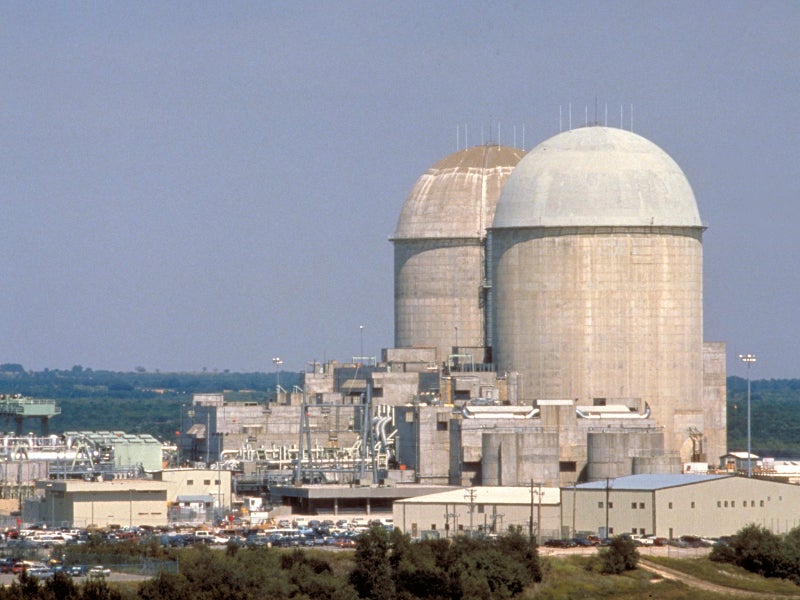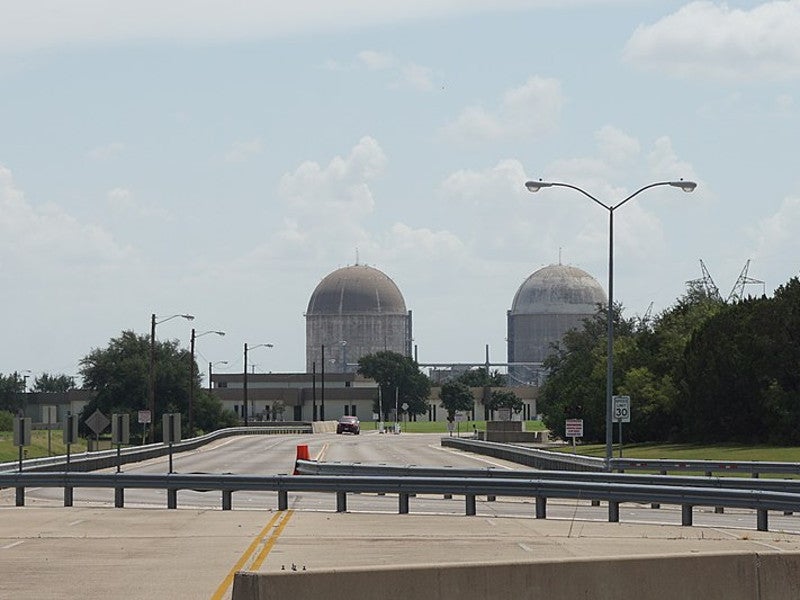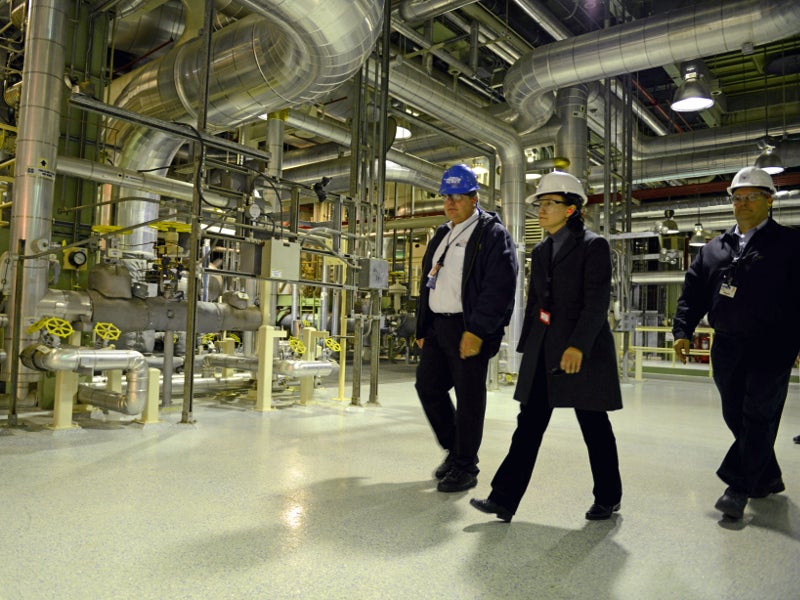The 2.3GW Comanche Peak nuclear power plant (CPNPP) is one of the two operating nuclear energy facilities in Texas, US. In service since 1990, it is also the second newest nuclear power station in the US, after the Watts Bar NPP in Tennessee that was opened in 1996.
The two- reactor Comanche power station is owned and operated by Luminant Generation, a subsidiary of Vistra Energy.
The two 1,150MW pressurised water reactors at the plant have been generating electricity for the Electric Reliability Council of Texas (ERCOT) since August 1990 and August 1993, respectively.
The Comanche Peak NPP generates enough electricity to power approximately 1.15 million homes during normal conditions and up to 460,000 additional households during peak demands.
Operating with an average load factor more than 88%, the power station generated more than 490TWh of cumulative electricity by the end of 2018.
Comanche Peak nuclear power plant location
The Comanche Peak nuclear power plant is located on a 4,047ha-site located approximately 7km away from Glen Rose, Somervell county, Texas.
The plant site lies to the south-west of downtown Dallas, at a distance of 96km from Fort Worth.
Comanche Peak nuclear power plant make-up
The Comanche Peak nuclear power station comprises two Westinghouse four-loop PWR units with dry, ambient pressure (DRYAMB) containment.
The fuel assemblies in the reactor core comprise fuel rods clad with uranium-235 in the form of ceramic pellets.
Each 43.8ft-tall and 14.4ft-diameter cylindrical reactor vessel with an 8.5in-thick steel wall is placed within a 265ft-high dome-shaped containment building with 4.6ft reinforced concrete wall with 8in steel liner.
Each unit has four steam generators that are capable of producing steam at 1,000psia pressure and 285° Celsius temperature.
The tandem-compound four-flow type turbine generator of each unit is capable of generating 1,150MW of net electricity at 22kV, which is stepped-up to 345kV by the main transformers located on-site.
The plant receives water supply from the nearby Squaw Creek Reservoir Dam. The site also features an independent spent fuel storage installation (ISFSI) to store spent reactor fuel and radioactive materials in above-ground dry casks.
Comanche Peak nuclear power plant details
Construction works on the Comanche Peak nuclear power project were started in December 1974. The project provided more than 10,000 jobs during the construction phase, while another 1,000 are permanently employed for the operations.
The two units of the Comanche Peak NPP are expected to be operational until 2050.
Luminant applied to the US Nuclear Regulatory Commission (NRC) in 2008 for a combined license to build and operate two 1,700MW advanced pressurised water reactors (US-APWR) from Mitsubishi Heavy Industries (MHI) at the Comanche Peak site in 2008.
It was also issued the final environmental statement (EIS) for the 3.4GW expansion project, while the license approval for both the proposed units was anticipated in 2015.
The project was, however, shelved after Luminant requested the NRC to suspend the license application review in November 2011.
Contractors involved
Fluor was contracted to provide engineering, facility services, and maintenance and modifications services for the Comanche Peak NPP for a period of five years, in July 2017.
Rolls-Royce was awarded a contract worth £9m ($13.7m) for replacing the plant process computer (PPC) systems for the two units of the plant in August 2013.
Bechtel replaced four steam generators and a reactor vessel head in unit one of the Comanche Peak in 2007.
Westinghouse Electric Corporation provided the reactors as well as the nuclear steam supply system, while the turbine generators were supplied by Allis Chalmers Power Systems.
Brown & Root was the general contractor for the construction of the NPP, while Freese & Nichols provided Squaw Creek Dam and spillway designs.
Gibbs & Hill, Stone & Webster, Ebasco, and Bechtel were engaged as architects and engineers for the project.





